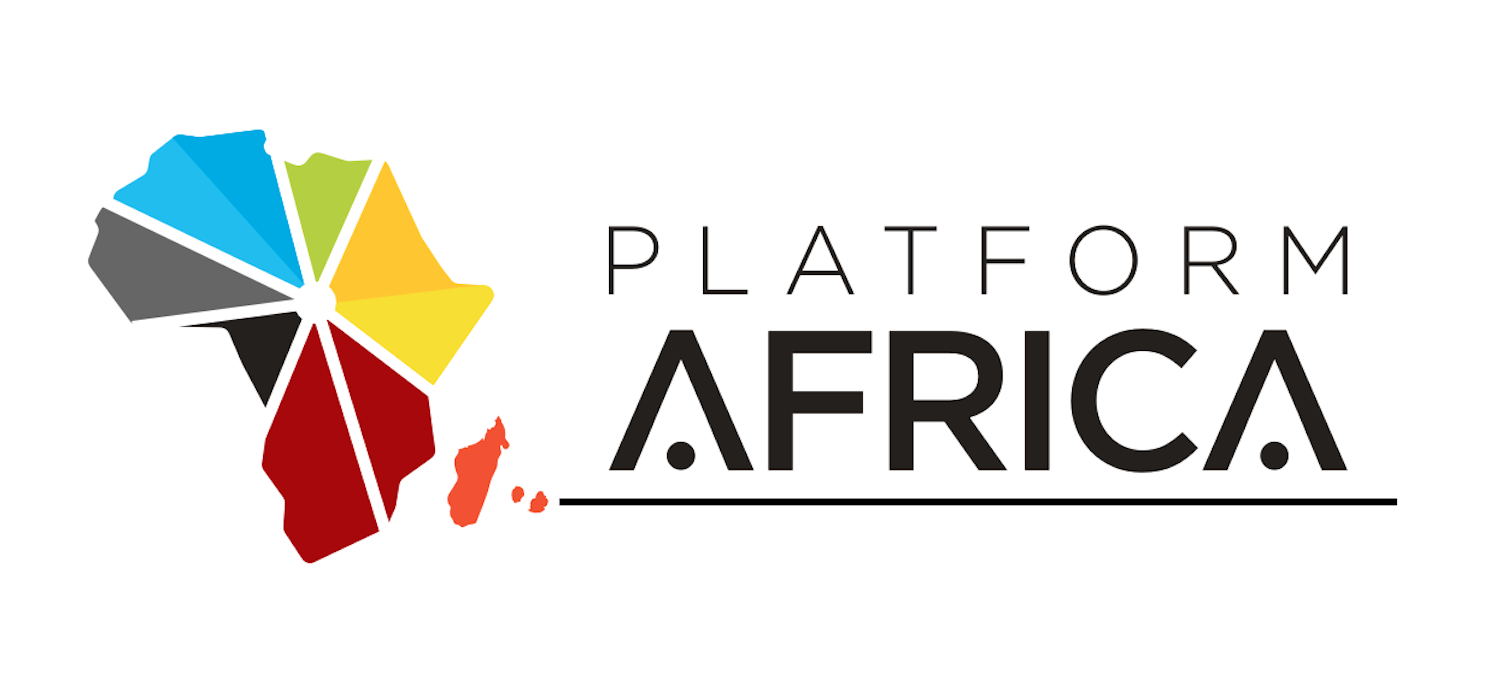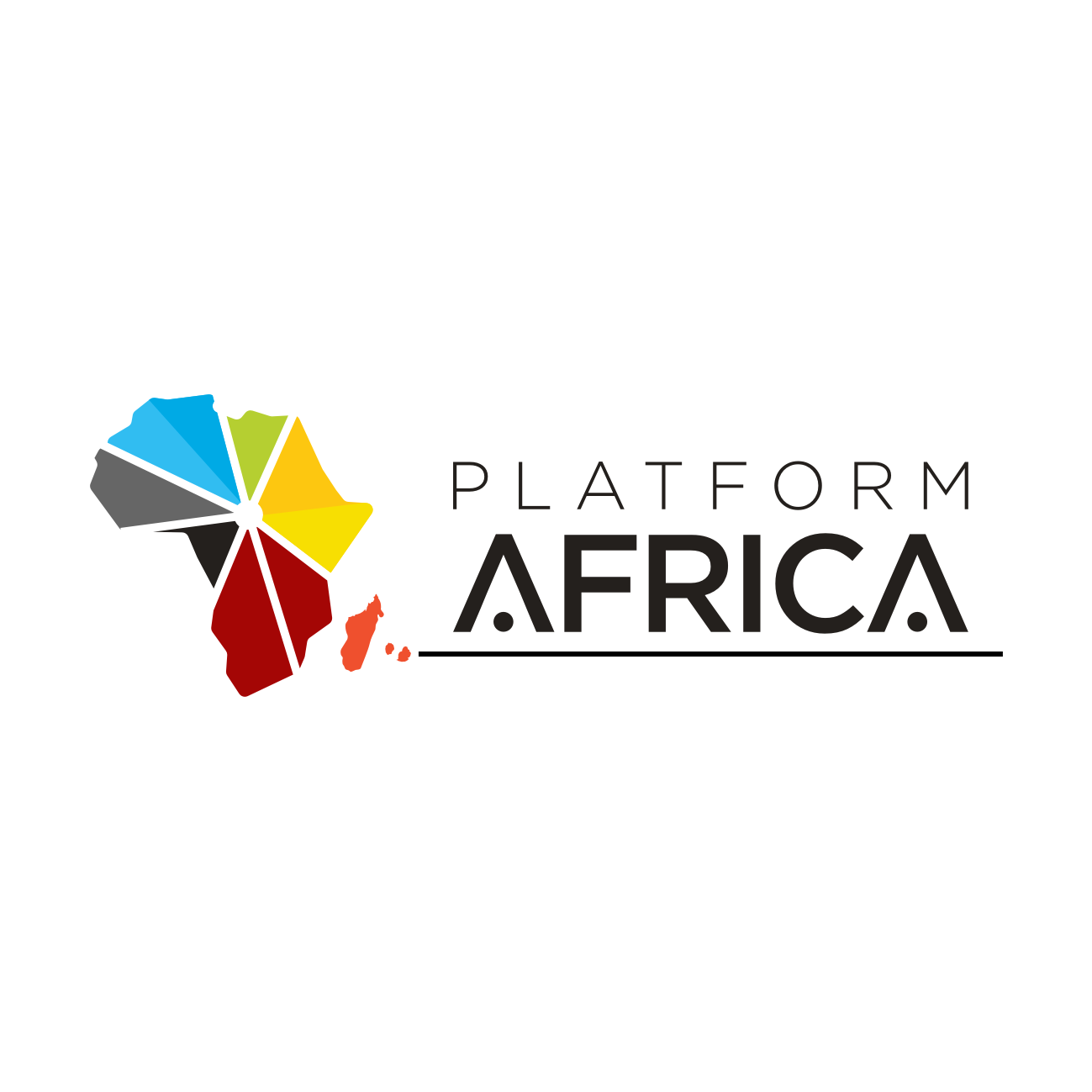As India celebrated its 76th Independence Day this year and as part of Azadi Ka Amrit Mahotsav ongoing celebration coupled with the 75th anniversary of Diplomatic Relations between India and Mauritius together with the India Week, ‘Jashn-e-Dosti: Lind ek Moris – Lamitie pou touzour (India-Mauritius Friendship Forever) to be held from December 2-8, we present to you the second article in this series, “India’s March Towards Aatmanirbharta” (Self-Reliance 2.0) penned by Ambassador Dr. Mohan Kumar.”
India’s March Towards Aatmanirbharta
By
– Amb. (Dr.) Mohan Kumar
It was in May 2020 that Indian Prime Minister Modi made a clarion call for a Bharat that was “Aatmanirbhar”. It is important to clarify what this meant and what it did not. While a rough translation of the word is no doubt “self-reliant”, it is nevertheless not the kind of self-reliance that India arguably believed and practiced in the early years of its independence up until the seventies and eighties. It is easy to state what it is not. It is certainly not autarchy; it is certainly not inward-looking; and it is most certainly not stopping imports and making every product at home. It may be more prudent to think of “Aatmanirbharta” as Self-Reliance 2.0.
In this framework of Self-Reliance 2.0, the PM clarified that rather than be self-centred, India will open up even more to the world outside, guided by its motto: Vasudhaiva Kutumbakam, or our Earth is just one family. PM Modi went on to say that Aatmanirbharta will stand on five pillars: economy, infrastructure, technology, demography and demand. PM explained the raison d’être of Aatmanirbharta by saying that this should prepare India for participation in global supply chains and that this is a battle India cannot afford to lose.
There is little doubt that the global pandemic i.e. COVID-19, played a significant role in India’s push for Self-Reliance 2.0. Take the simple example of PPE (Personal Protective Equipment) and N-95 masks. At the beginning of the pandemic, India was not making any N-95 masks. Today, India manufactures at least 200,000 N-95 masks a day, if not more. Even more impressive is India’s own record of vaccinating its mammoth population. In 2020 when COVID emerged, almost no one believed India could ever fully vaccinate its population and that such an exercise would take years and years. Yet, in July 2022, about 18 months the first vaccination began, India completed 2 billion doses of vaccines for its citizens. The story of how this was achieved is worthy of a case study which will cover vital issues such as public-private partnership, centre-state cooperation and not to mention building awareness among citizens and getting their participation willingly in this exercise.
Indeed, the WHO and others have praised India and the best practices here will be emulated the world over. Proving that Self-Reliance 2.0 is not just for Indians, India also exported a large number of vaccines and PPE countries all over the world. The latest statistics from the MEA website talks of 240 million (approx) vaccines which have been delivered to 101 countries, of which there are developed, developing and least-developed countries. The story of India being the pharmacy of the world is too well known to bear any repetition here. All of this is real “aatmanirbharta” at work.
The COWIN platform that India used for distributing vaccines to its mammoth population was remarkable. COWIN is essentially a cloud-based IT solution for planning, implementing, monitoring and evaluating COVID vaccination in India. By July 2021, India decided to make this open platform available to all countries for their use. In the COWIN global conclave organized in July 2021, as many as 142 countries in the world expressed interest in adopting this platform. Again, this is Aatmanirbharta at work.
The war in Ukraine has had a profound impact not just in Europe, but more importantly for developing and least-developed countries. Specifically, the war has impacted food, energy and commodity prices adversely. Wheat shortage in particular, is expected to affect Africa and the Middle-East quite significantly. At a time like this, it is comforting to know that India’s position when it comes to food security for its huge population is satisfactory. This is yet another manifestation of Self-Reliance 2.0. Indeed, not only was India able to give away food-grains and lentils to 800 million of its citizens as part of the Pradhan Mantri Garib Kalyan Yojana, India was also able to carry out modest exports of food-grains to low income countries that needed it. Again, Aatmanirbharta at work.
Yet another amazing success story of Aatmanirbharta is the case of Unified Payments Interface (UPI) which is a government-backed centralized digital payment gateway, widely popular in India. To understand the significance of UPI, consider this: India accounted for the largest number of worldwide digital transactions in 2021 at a whopping 48 billion, a number that is nearly three times bigger than China’s (18 billion) and is at least six times bigger than the transactions of US, Canada, UK, France and Germany combined. Voices in the US are saying that we must learn from India which is leapfrogging into the future. Again, Aatmanirbharta at work.
The above is not to suggest that everything is rosy. India faces monumental challenges with regard to eradication of poverty, job creation and investment in health/education/skills of its vast population. But the lessons are clear: India is sui generis and it is only an “Indian” model that will work for India and Indians. Hence, the capital importance of Aatmanirbharta. After all, as we have seen above, ‘Aatmanirbhar Bharat’ is not just good for India but also for the world at large.
***
[Ambassador (Dr.) Mohan Kumar is a former Indian Ambassador and a full time academic now.] Views expressed are personal to the author and not necessarily endorsed by the Government of India.




